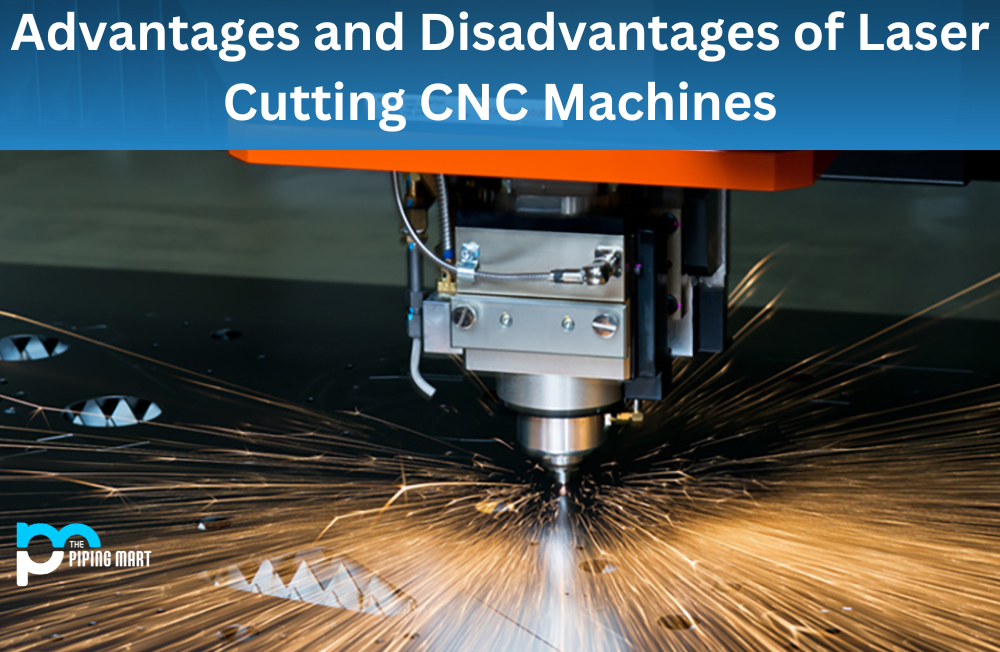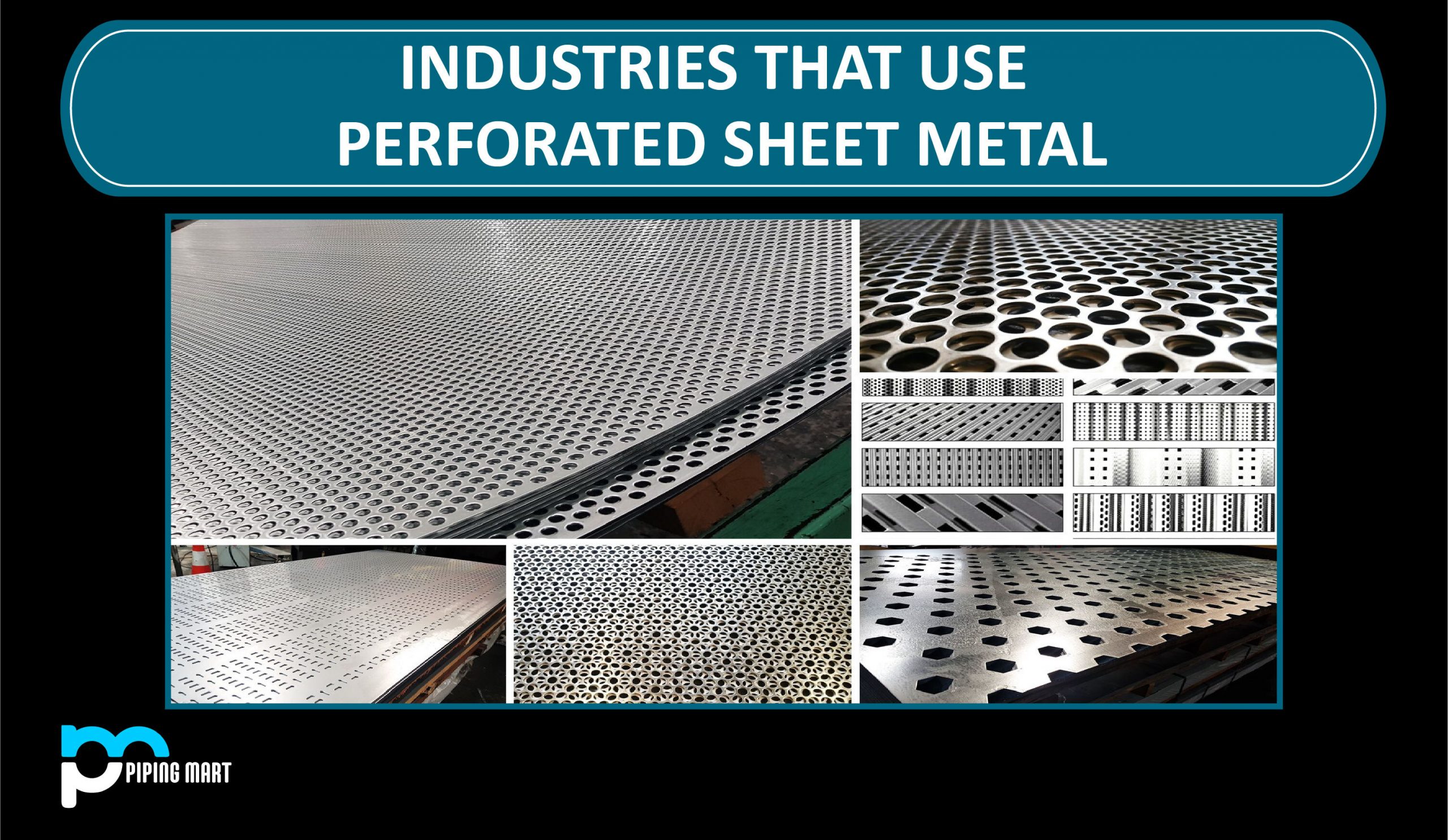Automation is becoming increasingly important in factory production processes. One machine that is helping to drive this trend forward is robotic milling machines, which are autonomous robots designed to carry out milling tasks with precision and accuracy. While these machines have many advantages, they also have some drawbacks that should be considered before investing in one. Let’s take a closer look at the pros and cons of robotic milling machines.
Advantages of Robotic Milling Machine
Robotic milling machines offer several key advantages over manual or CNC (computer numerical control) machines in industrial production processes. For example, these robots can work 24 hours a day without needing rest or breaks, meaning factories can run longer and produce more output. As well as this, robotic milling machines require less energy than their manual counterparts and can often process materials faster too. Finally, the accuracy of the robotic milling machine’s output is unparalleled compared to manual or CNC tools since they are programmed precisely and accurately.
Increased Efficiency
Robotic milling machines are capable of completing tasks much faster than human workers. This is because robots can work for longer periods of time without getting tired, and the same physical constraints do not limit them to humans. Additionally, robots can perform tasks with a high degree of accuracy, which helps to reduce waste and increase productivity.
Reduced Costs
Another advantage of robotic milling machines is that they can help to reduce costs. This is because robots require less training than human workers and do not need to be paid wages. Additionally, robotic milling machines often have a lower risk of errors, which can lead to costly mistakes that need to be corrected.
Increased Safety
Robotic milling machines can also help to increase safety in the workplace. This is because robots are not susceptible to the same risks as human workers, such as being injured by falling objects or coming into contact with harmful chemicals. Additionally, robots can be equipped with safety features, such as sensors that stop the machine if an object is detected in its path.
Improved Quality
Robotic milling machines can also help to improve the Quality of products. This is because robots are able to achieve a high degree of accuracy when performing tasks. Additionally, robotic milling machines often have built-in quality control features that help to ensure that products meet certain standards.
Greater Flexibility
Another advantage of robotic milling machines is that they offer greater flexibility than traditional milling machines. This is because robotic milling machines can be programmed to perform various tasks and can be easily reconfigured to perform different tasks as needed. Additionally, robotic milling machines can often connect to other machinery types, allowing them to perform even more complex tasks.
Disadvantages of Robotic Milling Machine
While robotic milling machines offer many advantages over manual or CNC tools, there are also some disadvantages that should be considered before investing in one for your factory. The first disadvantage is the cost; while they may save money through increased efficiency in the long run, initially, they can be costly investments for smaller businesses or factories operating on tight budgets. In addition, you need a highly skilled team of engineers to design and build a robotic milling machine—not only does this add an extra layer of complexity but also increases costs further. Lastly, if something goes wrong with your robot, you will need someone who knows how to fix it quickly and efficiently; training such staff can be difficult, time-consuming, and expensive in some instances.
High initial cost
One of the primary disadvantages of robotic milling machines is their high initial cost. These machines can cost tens of thousands of dollars, which is prohibitively expensive for some businesses. Additionally, robotic milling machines require significant training and programming to be used effectively, which can also add to the overall cost.
Limited applications
Robotic milling machines are also limited in terms of the applications they can be used for. These machines are typically only effective for specific tasks, such as milling or drilling. As a result, they are less versatile than other types of machining equipment.
Requires specialized skills
Another disadvantage of robotic milling machines is that they require specialized skills to operate effectively. This means that businesses will need to invest in training their employees to use these machines properly. Additionally, companies will need someone on staff who is responsible for programming the device and maintaining it.
May cause job losses
Another potential disadvantage of robotic milling machines is that they may cause job losses. As these machines become more prevalent, they could replace human workers in some jobs. This could lead to a decrease in employment opportunities in the manufacturing sector.
Can be hazardous
Another potential disadvantage of robotic milling machines is that they can be hazardous if not used properly. These machines are capable of causing serious injuries if they are not operated correctly. As a result, businesses need to ensure that their employees are properly trained to use them safely.
Conclusion:
Robotic milling machines offer several key advantages over traditional methods when it comes to industrial production processes, including increased productivity, greater accuracy and lower energy consumption. However, these benefits come at a cost financially and having to find trained personnel who know how to build and maintain these robots correctly. Weighing all these factors should help businesses decide whether investing in a robotic milling machine is right for them.

Pipingmart is a B2B portal that specializes in metal, industrial and piping items. Additionally, we share the latest information and information about materials, products and various types of grades to assist businesses that are involved in this business.




